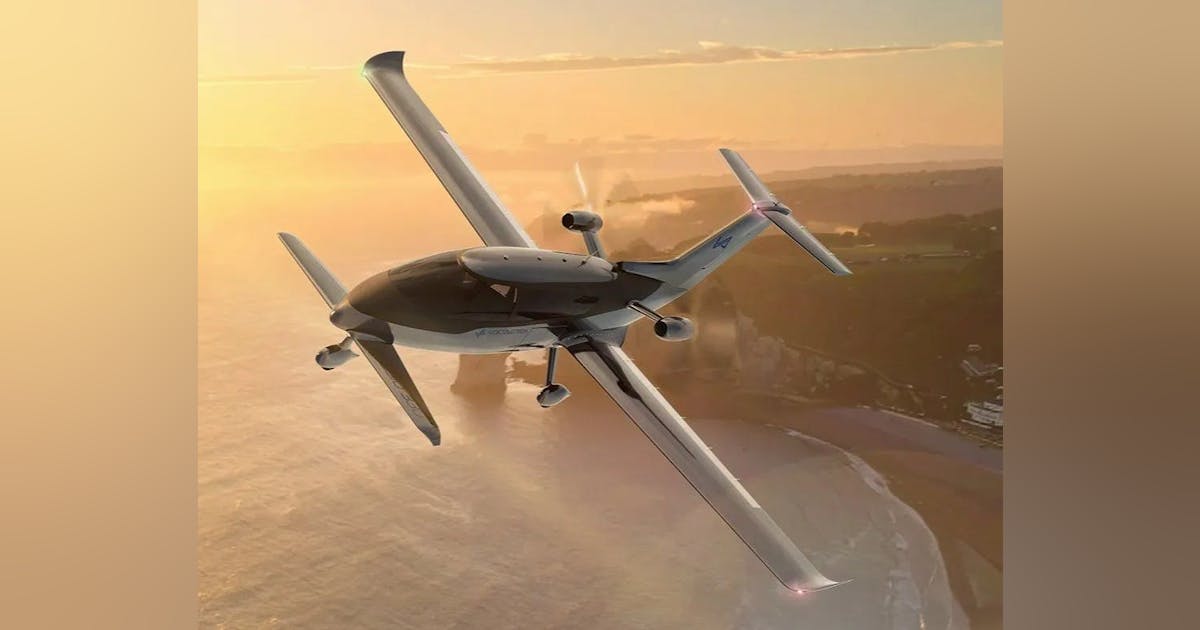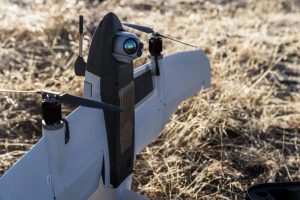Hybrid Aircraft Nears Takeoff: The VoltAero Cassio 330 Production Debut
A new chapter in aviation is on the horizon as hybrid-electric propulsion transitions from visionary prototypes to mainstream applications. VoltAero’s Cassio 330, an innovative hybrid-electric aircraft, is ready to make its production debut, melding cutting-edge engineering with practical functionality. Let us delve into the features that make the Cassio 330 a milestone in sustainable aviation, its impact on regional air travel, and what it signals about the future of hybrid aircraft.
The Cassio 330: An Ambitious Vision Realized
VoltAero’s Cassio 330 represents a fusion of environmental stewardship and operational efficiency. As a five-seat, hybrid-electric aircraft designed for regional travel, it promises reduced emissions along with a quiet, adaptable, and economical flying experience.
Key Highlights
- Hybrid Powertrain: Utilizes a series-hybrid propulsion system, featuring two Safran ENGINeUS electric motors at the rear and a combustion engine acting as a range extender by recharging batteries during travel.
- Operational Flexibility: Electric power is used for taxiing, takeoff, and initial ascent to ensure near-silent and eco-friendly airport operations, while the combustion engine is engaged for extended cruising distance.
- Spacious Design: Offers the most roomy cabin in its class, accommodating up to five passengers, with high ceilings and a broad body for enhanced comfort.
Engineering Breakthroughs and Redesigns for Certification
The journey to production wasn’t without challenges. VoltAero implemented significant modifications to meet stringent EASA CS-23 certification standards and to enhance real-world reliability.
From Parallel to Series Hybrid
The initial Cassio concept incorporated a parallel-hybrid layout (combining electric and combustion energy for a single propeller). In its production version, VoltAero transitioned to a series-hybrid configuration, with:
- Two separate electric motors positioned as “pushers” at the fuselage’s rear.
- The thermal engine serves as an onboard generator, recharging batteries during flight to augment range without directly driving the main propeller.
T-tail Emphasizing Safety
The former twin-boom tail design was replaced with a T-tail to bolster structural integrity, especially in the unlikely event of propeller failure that might damage the booms.
Redundancy and Safety
Equipped with dual independent battery arrangements and separately powered stator windings in the electric motors, the Cassio 330 has a multi-engine safety reputation, empowering commercial operations and dependable safety measures.
Performance: Quiet, Efficient—Ready for Real-World Use
Impressive Numbers:
- Cruise Speed: 200 knots (370 km/h, 230 mph).
- Range:
- All-electric mode: approximately 110 nautical miles (127 miles, 200 km).
- Hybrid mode: up to 650 nautical miles (750 miles, 1,200 km), suitable for regional routes without need for refueling or recharging.
- Endurance: 3.5 hours, extendable to 5 hours with optimal hybrid system use.
- Takeoff/Landing: Operable on runways shorter than 1,800 ft (550 m).
- Noise: Electric taxiing and takeoff considerably reduce noise levels (up to four decibels quieter during flight; silent when taxiing).
- Cost of Ownership: Aimed at €290/hour (~$323/hour), with potential for high daily usage (up to 10 hours/8 rotations per day).
Real-World Applications: From Flight Schools to Air Taxi Operations
Training and Commercial Flights:
HM Aerospace, a flight school in Malaysia, has pre-ordered 15 Cassio 330 aircraft for pilot training, underscoring its allure as both a pioneering teaching platform and a practical airliner.
Regional Commuter Missions:
The hybrid efficiency and short-field capabilities of the Cassio 330 render it ideal for regional commuting routes between secondary airports, where noise and emissions are key concerns.
The Tech: Hybrid Power Without the eVTOL Gimmick
The Cassio 330 distinguishes itself because it is not a vertical take-off and landing (eVTOL) “air taxi.” Instead, it employs traditional runways—making it feasible within the current airport infrastructure, bridging the divide between experimental ventures and practical, scalable solutions for sustainable regional air travel.
Modularity and Family Growth
- The Cassio family is designed with modularity in mind, with future expansions planned, including:
- Cassio 480, with six seats and 480 kW hybrid power.
- Cassio 600, catering to 10–12 seats with 600 kW hybrid power.
Expert Voices and Industry Trends
Jean Botti, CEO and CTO of VoltAero, succinctly encapsulated the company’s strategy:
“Our strategy remains unchanged: using safe and efficient electric-hybrid propulsion and power technologies that are realistically available today, applying them to a conventional takeoff/landing aircraft for sustainable regional transportation using existing airport infrastructure.”
VoltAero’s realistic approach, employing available technology and aligning closely with certification bodies, differentiates it from more speculative electric aviation endeavors. The company has plans for manufacturing 150 Cassio 330s annually.
What Sets Cassio 330 Apart?
| Feature | Cassio 330 | Typical Light Aircraft | eVTOL/Air Taxi Concepts |
|---|---|---|---|
| Propulsion | Series hybrid (electric + thermal) | Combustion or turboprop | All-electric, VTOL |
| Takeoff/Landing | Conventional runway | Runway | Vertical (no runway) |
| Noise | Ultralow during taxi, takeoff, climb | High | Mixed |
| Range | Up to 650 nmi (hybrid) | Comparable, but higher emissions | ~80–200 nmi (limited) |
| Cabin | Largest in class (five seats) | Varies, often cramped | Often 2–6 seats |
| Certification Path | EASA CS-23 (normal aircraft) | Existing frameworks | New/complex |
Why This Matters
- For the Environment: Hybrid-electric propulsion implies significantly lower emissions on short routes and much-reduced noise levels—an impactful change for urban and suburban airports.
- For Operators: Reduced fuel expenses and high reliability can lower operational costs and boost aircraft utilization.
- For Passengers & Pilots: Spacious, comfortable cabins and advanced avionics (Avidyne Quantum, single-pilot optimized) enhance the flying experience and safety.
Future Vision: The Hybrid Sky
With the Cassio 330 moving towards series production, the prospect of frequent, sustainable, and affordable regional air travel is closer than ever. Rather than depending on infrastructure-heavy, high-risk air taxi propositions, VoltAero’s strategy is firmly grounded—in the realities of airports and regulatory frameworks.
The industry is vigilant. Orders from credible flight schools and a scalable family of aircraft suggest a new standard: hybrid-electric planes could soon become as prevalent as road hybrids.
Human Touch: Innovation with Experience
Supporting VoltAero’s successes is a team both visionary and practical—aviators and engineers who are well-versed in the intricacies of certification, fleet management, and real-world operations. They progress quickly—yet with the accuracy and resilience that stem from extensive experience in aerospace.
Therefore, the Cassio 330 debut is more than a mere headline. It’s a commitment: the quiet, clean, connected future of flight isn’t just approaching—it’s finally cleared for takeoff.
In summary:
The VoltAero Cassio 330 transcends being just another hybrid aircraft; it is a practical, certifiable, and market-ready advancement poised to redefine regional air travel. Its mix of series-hybrid technology, safety enhancements, and operational effectiveness positions it at the forefront of the green aviation wave.













